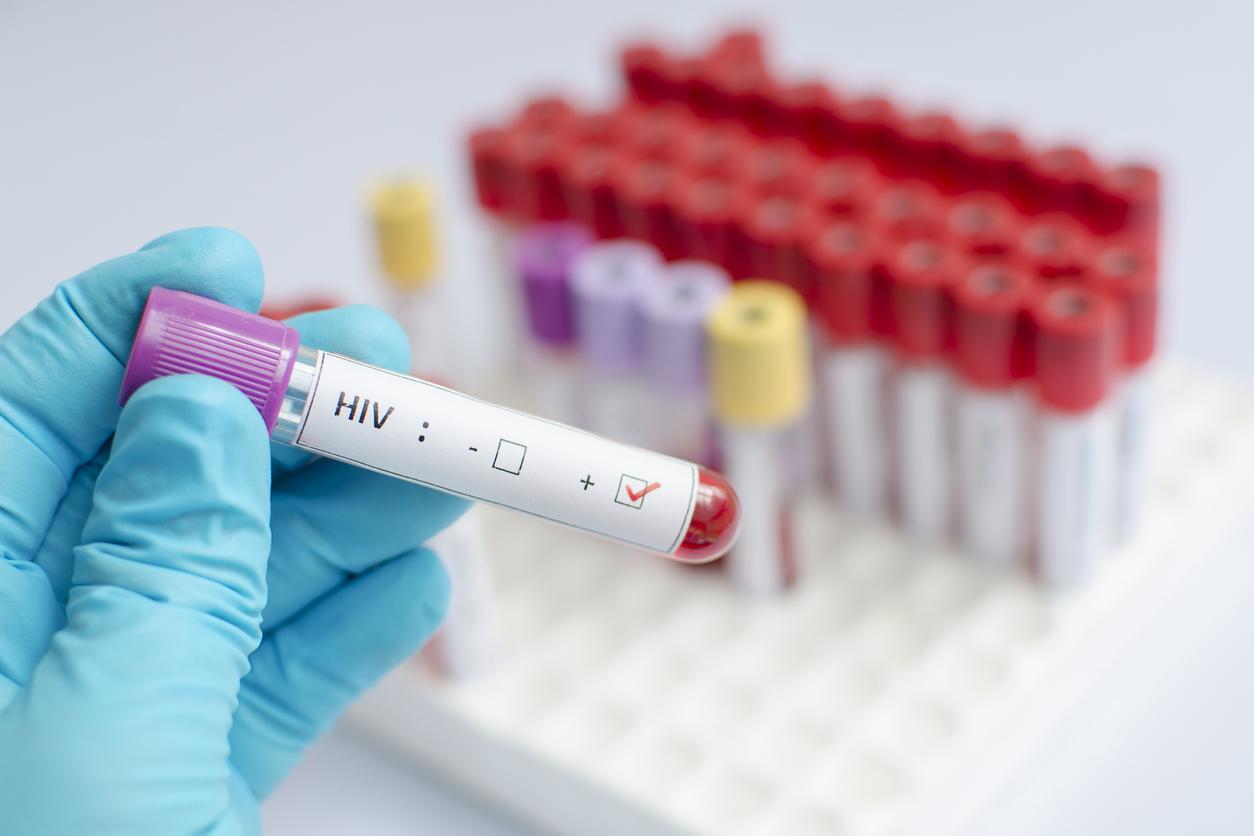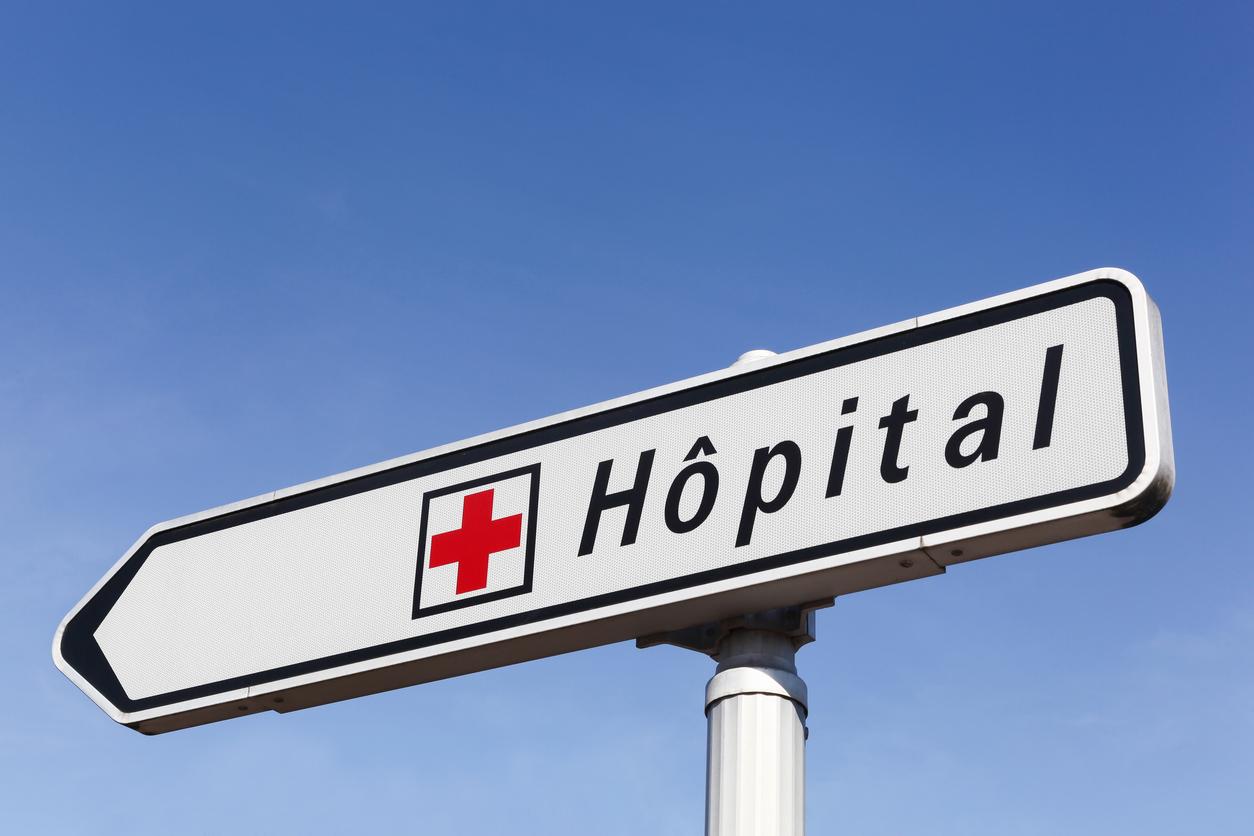
The government has announced the establishment of “retrospective tracing” or “Japanese-style tracing” in addition to the current strategy of tracing contact cases. Explanations.
The limitations of the current tracing method
The systematic search for contact cases which is carried out in France, as well as in many countries, seems to show its limits: according to data from Public Health France, only 10% of contaminations come from clusters identified by the authorities.
The retrospective tracing method, which seeks to determine the person or persons at the origin of the contamination, has already proved its worth in Japan.
Identify the “original contaminator”
This new tracing method will be added to the current tracing, “prospective tracing”, which aims to identify all people potentially infected with a positive case. The idea of retrospective tracing, applied by the Japanese public authorities, is to go up the chain of contamination and not just to identify positive cases downstream.
Epidemiological studies have shown that many people positive for the virus do not transmit it, while 15 to 25% of them are responsible for around 80% of the contaminations. Concretely, if a person transmits the virus to another it is very likely that he also transmitted it to other people.
“By mapping the interactions of the patient before he is infected and cross-checking them with those of other infected patients, those in charge of tracing can identify common sources of infection: the people and places that are at home. origin of the cluster “, had already declared in July Yasutoshi Nishimura, Japanese Minister of State in charge of the response to the Covid-19, in the Wall Street Journal.
















